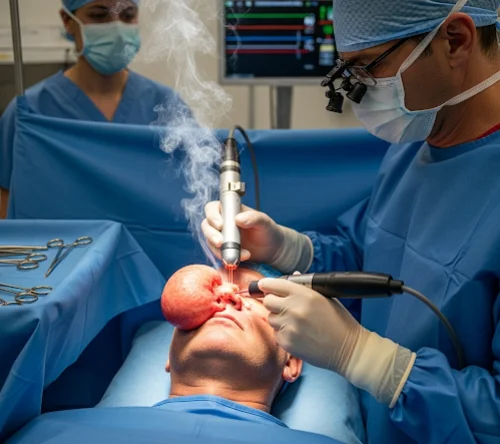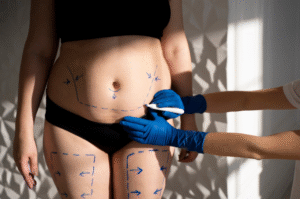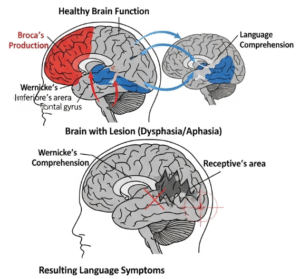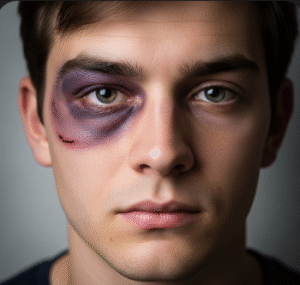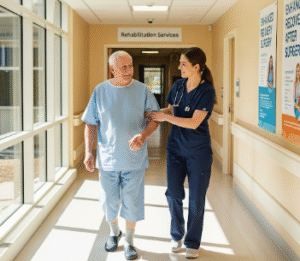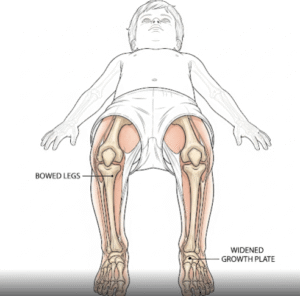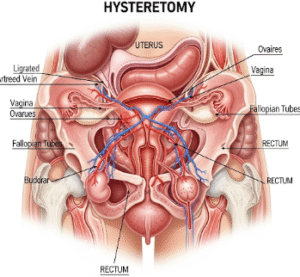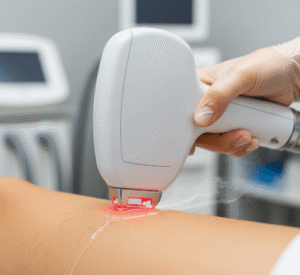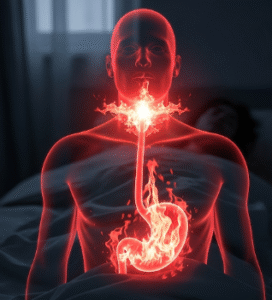What It Is
Defining Rhinophyma and Laser Debulking
→ Rhinophyma is a severe skin condition, often considered a subtype of rosacea, characterized by progressive thickening of the skin on the nose.
→ It causes enlargement, bulbous shape, irregular surface, visible pores, and redness. Over time, it can lead to cosmetic disfigurement, breathing obstruction, and psychosocial distress.
→ Laser debulking is a modern surgical technique that removes or reshapes the thickened tissue using laser technology rather than traditional surgical blades.
→ In Korea, dermatology and cosmetic surgery clinics commonly use CO₂ lasers, erbium:YAG lasers, and fractional lasers for precise removal and reshaping of rhinophymatous tissue.
Key Characteristics
- Minimally invasive compared to conventional surgery
- Provides precise tissue removal with controlled bleeding
- Improves nasal shape, skin smoothness, and breathing
- Considered the gold standard for treating advanced rhinophyma in cosmetic dermatology
Why It’s Done
Main Reasons for Treatment
➡ Aesthetic Correction – Patients often seek treatment to restore a normal nose shape and appearance.
➡ Functional Relief – Severe rhinophyma can obstruct nasal airways, making breathing difficult.
➡ Psychological Confidence – The condition is stigmatizing; treatment greatly improves self-esteem.
➡ Long-Term Management – Prevents further thickening and disfigurement.
➡ Alternative to Traditional Surgery – Laser debulking offers precision, reduced bleeding, and faster recovery compared to scalpel-based excision.
Alternatives
Non-Medical Options
- Topical Rosacea Medications (Metronidazole, Azelaic Acid) → Useful in early rosacea, but not effective once rhinophyma has developed.
- Oral Isotretinoin → May slow progression in early cases but does not reverse established tissue overgrowth.
Medical and Surgical Alternatives
→ For patients unable or unwilling to undergo laser debulking:
- Surgical Excision (Scalpel or Electrosurgery) → Effective but associated with more bleeding and longer recovery.
- Dermabrasion → Mechanical sanding of thickened tissue; less precise than laser.
- Cryosurgery → Freezes excess tissue; less commonly used due to risk of scarring.
- Radiofrequency Surgery → Uses heat to contour tissue; effective but not as precise as lasers.
Preparation
Before Treatment
➡ Dermatology and ENT Evaluation – Doctors assess the severity of rhinophyma, nasal obstruction, and overall skin health.
➡ Medical History – Patients should disclose medications, clotting disorders, or rosacea history.
➡ Photography and Mapping – Preoperative photos are taken to plan contouring and cosmetic goals.
➡ Avoid Blood Thinners – Patients may be asked to stop aspirin or anticoagulants if medically safe.
➡ Numbing and Sedation Planning – Procedures are typically performed under local anesthesia with sedation.
How It’s Done
Laser Debulking Procedure
Step 1: Anesthesia and Cleaning
→ Local anesthesia is administered, and the nose is sterilized.
Step 2: Laser Selection
→ Commonly used lasers in Korea include:
- CO₂ Laser → Gold standard for precise cutting and vaporization of tissue.
- Erbium:YAG Laser → Provides fine control with minimal heat damage.
- Fractional Laser → Used for blending skin texture after debulking.
Step 3: Debulking of Tissue
→ The laser carefully vaporizes excess sebaceous tissue layer by layer.
→ The surgeon sculpts the nasal contour to restore natural shape and symmetry.
Step 4: Hemostasis
→ The laser seals blood vessels during tissue removal, minimizing bleeding.
Step 5: Finishing Touches
→ Fine adjustments are made to smooth the surface and blend the transition with normal skin.
Step 6: Dressing
→ A protective ointment or dressing is applied to aid healing.
Treatment Course
- Typically completed in one session
- Severe cases may require follow-up contouring or fractional laser sessions for refinement
Recovery
Immediate Recovery
- Redness, swelling, and mild discomfort for a few days after treatment
- Oozing or crusting may occur as the wound heals
- Antibiotic ointments and dressings are usually prescribed
Long-Term Recovery
→ Healing usually occurs within 1–2 weeks for initial recovery.
→ Redness may persist for several weeks but gradually fades.
→ Scars are rare with proper aftercare, and cosmetic results are typically excellent.
→ Patients should avoid direct sun exposure, alcohol, and spicy foods that may trigger rosacea flare-ups.
Complications
Possible Risks
- Infection → Prevented with antibiotics and wound care
- Hyperpigmentation or Hypopigmentation → More common in darker skin tones but often temporary
- Scarring → Rare if performed by skilled specialists
- Prolonged Redness → May last for weeks but usually improves
- Recurrence → Rhinophyma can return over time if rosacea remains uncontrolled
Treatment Options in Korea
Advanced Cosmetic Dermatology and Surgery
Korea is a global hub for cosmetic dermatology and laser surgery, making it an excellent destination for rhinophyma treatment.
Why Korea Excels in Laser Debulking for Rhinophyma
➡ World-class laser technology – Korean clinics are equipped with advanced CO₂ and erbium lasers.
➡ Expertise in Cosmetic Reshaping – Specialists trained in both dermatology and facial aesthetics ensure natural results.
➡ Combination Approach – Fractional lasers and skincare regimens are often added post-debulking for smoother skin.
➡ Focus on Minimal Scarring – Korean doctors emphasize cosmetic precision, minimizing visible signs of surgery.
Popular Uses in Korea
- Severe Rhinophyma – CO₂ laser debulking is the primary treatment.
- Moderate Cases – Erbium:YAG or fractional lasers for refinement.
- Cosmetic Corrections – Patients seeking nasal reshaping with functional improvement.
- Post-Treatment Maintenance – Rosacea care with medications and lifestyle guidance to prevent recurrence.
Patient Experience in Korea
- Procedures are usually outpatient or day-surgery based.
- Recovery is quicker than traditional surgery due to precise laser control.
- Patients receive comprehensive aftercare programs including wound care kits, sun protection, and follow-up visits.
- Korean clinics focus on both functional improvement and cosmetic satisfaction.
Conclusion
Rhinophyma laser debulking in Korea is one of the most effective and advanced treatments for correcting nasal disfigurement caused by rhinophyma.
By using CO₂ and erbium lasers, doctors can precisely remove excess tissue, restore nasal shape, and minimize scarring.
Korea’s combination of cutting-edge technology, expert cosmetic surgeons, and holistic aftercare ensures patients achieve both functional relief and natural-looking results.
For anyone affected by rhinophyma, Korea offers world-class options for safe, precise, and long-lasting laser debulking treatment.

